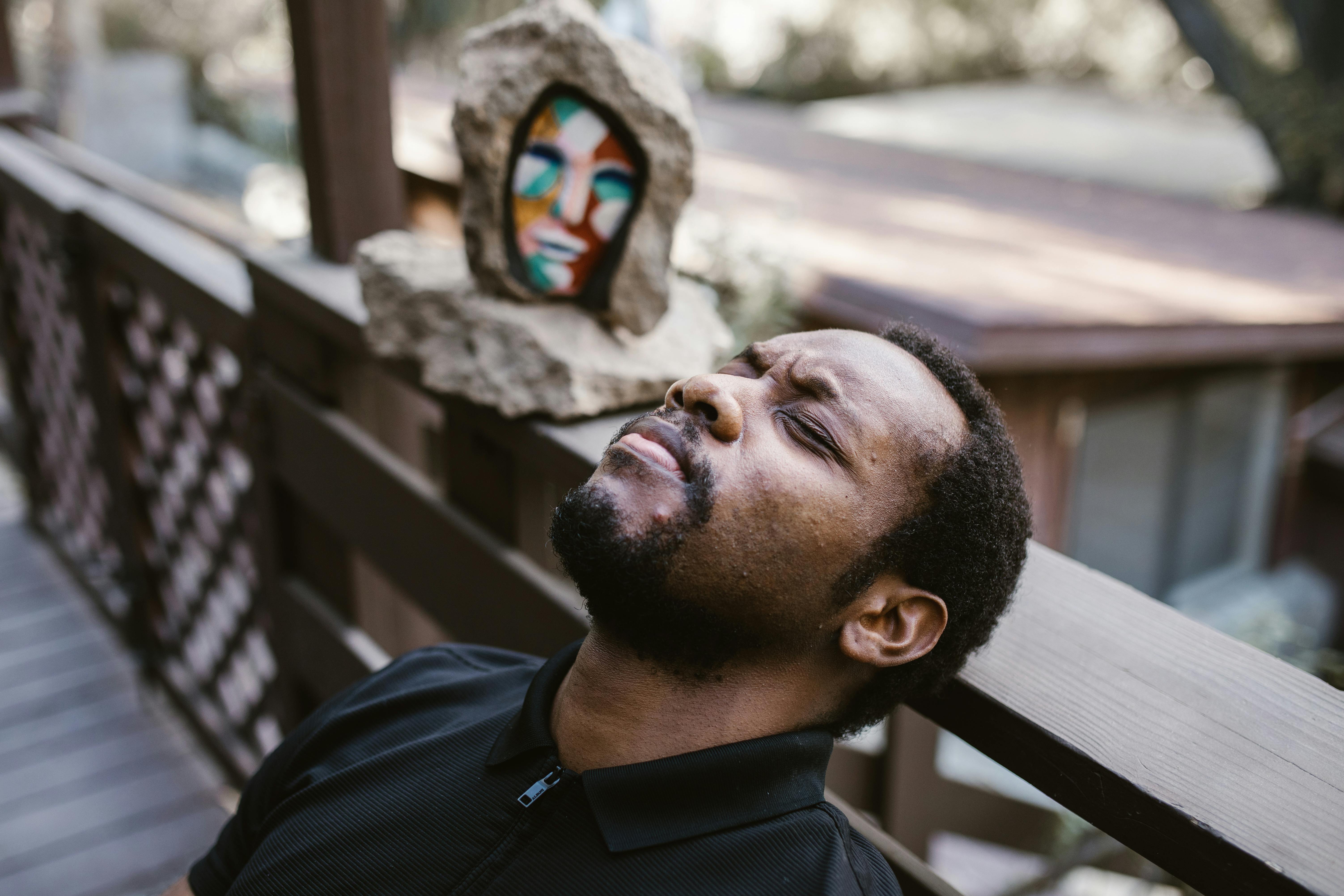Homeopathy is a well established science and each science has certain fundamental and guiding principles, these fundamental principles are known as the Cardinal Principles of Homeopathy.
Dr. Hahnemann made his first attempt to formulate these principles in his 1805 article entitled ‘Medicine of Experience’. Then, later for a few years until 1810, he worked on refining these guidelines and published them in his manual ‘Organon of Medicine’.
The cardinal principles are 7 in number; they give the homeopathic system of medicine its scientific foundation and establishment.
1. Similia Similibus curentur or similar cures: Homeopathy (from the Greek homoeos = similar, pathos = suffering) is a scientific system of medicine based on the law of similars, that is, similia similibus curentur or ‘similarity of symptoms’.
Dr. Hahnemann derived this law after testing drugs on it and concluded that the powers of a drug to cure disease are the same as the powers to produce disease.
This law establishes that the medicine must have the potential to produce the most similar symptoms of the disease to be cured in a healthy person. Dr. Hahnemann, with scientific thinking and a keen sense of observation, applied it to medicine and discovered Homeopathy.
2. Law of simple or simple remedies: The law of simple or simple remedies is the second cardinal principle of Homeopathy. Dr. Hahnemann during his time tested crude substances known as “drugs” on himself and insists that only one medicine should be prescribed to the patient at a time.
This is because only one medicine is the most similar, homeopathic medicines are individually tested and materia medica comprehensions of single remedy tests; if several remedies are administered at the same time, a synergistic action is observed in the patient, which makes subsequent prescription difficult.
3. Law of the minimum dose: This law establishes that the only remedy to be administered must be administered in the least potency and repetition. The minimal dose is the dose that is only required to elicit a reaction in the patient. It is that amount that is sufficient to produce a mild restorative effect and medicinal relief.
The minimum dose law has its own advantages, such as it avoids undue medical aggravation, there is no risk of unwanted side effects, the similarity of symptoms is maintained, and the toxic effect on the patient is minimal. Recently, this minimal dose concept has been tested and verified by the Arndt-Schultz law.
4. Drug Testing Doctrine: Dr. Hahnemann tested 99 drugs and recorded his tests in the Materia Medica Pura (6 volumes). The first volume was published in 1811 and the last expanded version was published in 1827. It consists of provings or ‘symptoms’ written by Dr. Hahnemann in his own words, and they have been documented as they appeared during the day.
Drug testing is the systemic investigation of the pathogenic powers of a drug/medication in healthy human beings of different ages, of both sexes, under all climatic conditions, at all times, and in all medicinal potencies. Pura’s 6 volumes contain more than 3,000 symptoms.
Dr. Hahnemann recommended drug testing in healthy humans. This is because the subjective or mental symptoms are known in the language of the patient, and the symptoms of the drug and the disease are different. Thus, the materia medica of Homeopathy contains pure effects of medicine on human beings.
5. Doctrine of Chronic Diseases: Dr. Hahnemann, after practicing Homeopathy for 12 years, observed that despite prescribing correct medications to his patients; the patient complained of partial relief, no relief, a mixed pattern of relief, and recurrence of symptoms.
He also studied the trend of symptoms, diseases and established the Doctrine of Chronic Diseases and also postulated that ‘miasmas’ or certain ‘contaminating factors’ were responsible for causing them.
The three individual miasms are Psora (itching, the true cause of all sorts of chronic diseases), Sycosis (gonorrhea, a venereal fig disease characterized by warts), and Syphilis (venereal chancre disease, characterized by ulceration).
6. Doctrine of the vital force: homeopathy advocates the presence of an invisible power, that is, the vital force present in all human beings and when this force is disturbed or upset due to various causal factors, the man becomes ill or ill. Thus, homeopathy establishes the importance of mind + body + spirit (vital force) in medicine.
The life force is unique to homeopathy and has the following qualities, spiritual, autocratic, automatic, dynamic and non-intelligent and animates the human body in sickness and in health.
Under healthy conditions, the life force maintains and sustains all normal functioning in the human being and medicines are said to act on this life force, thus upsetting it from healthy to sick (disease) and sick to healthy while taking homeopathic medicine. .
7. Drug Empowerment Doctrine: This theory is also known as drug empowerment doctrine. The potentiation process is found only in homeopathy and the healing properties that are latent, hidden in the pharmacological substances, are awakened and developed in activity. It is by this process that the crude and inert medicinal powers exert their cure on the deranged life force.
Crude substances (drugs) are potentiated by using 2 methods, namely, trituration (for insoluble substances) and succussion (for soluble substances). The benefits of potency are numerous:
(i) Potentiation ensures a deeper and broader medicinal action
(ii) The latent powers of the medicine are translated into beneficial curative powers
(iii) Through potentiation, medicines gain dynamic power and restore the deranged life force to normal.
(iv) Inert and boring substances become effective and become effective medicines
(v) Poisonous substances lose their toxicity.
There are 3 power scales, namely decimal scale, centesimal scale, and 50 millesimal scale. Thus, Homeopathy is a firm science based on fundamental principles.




